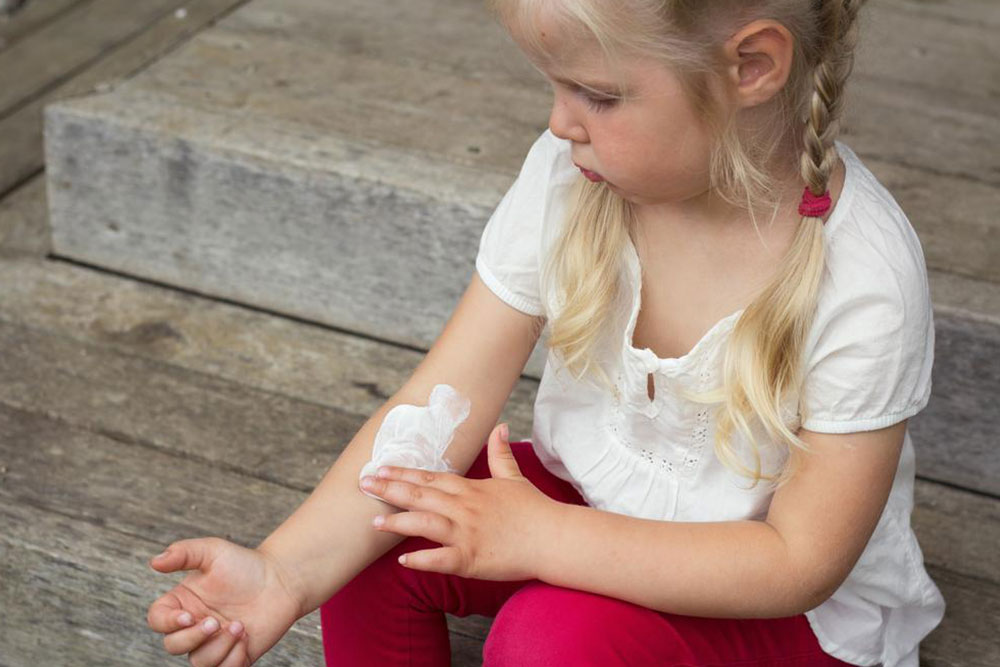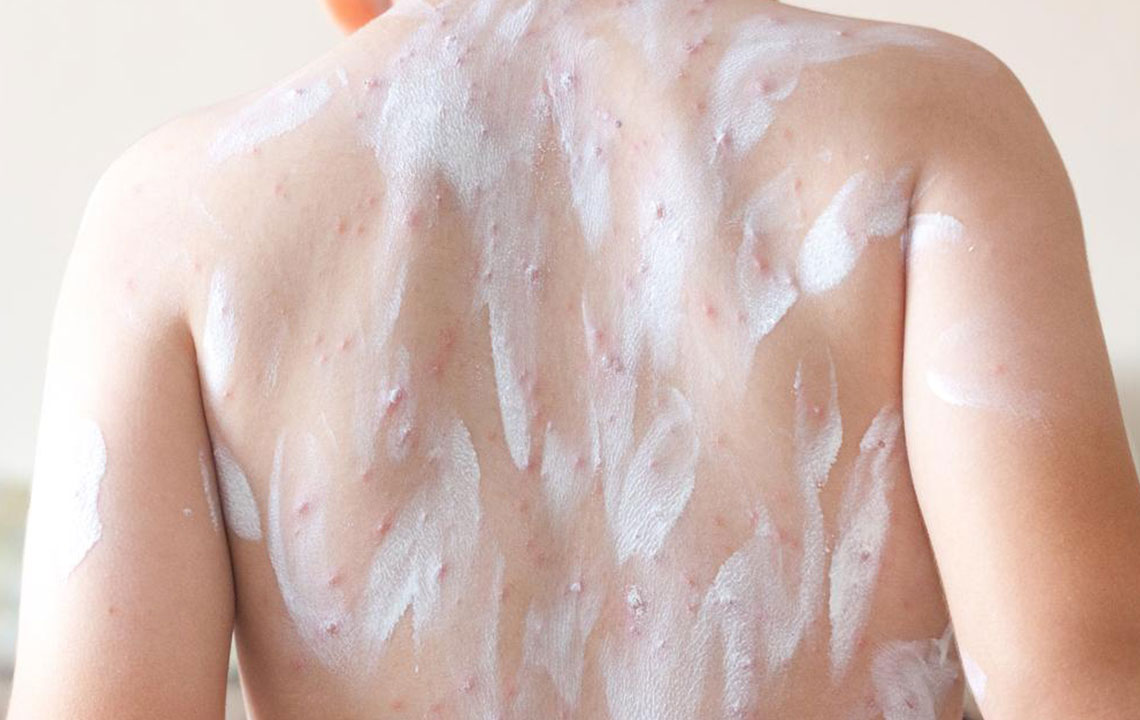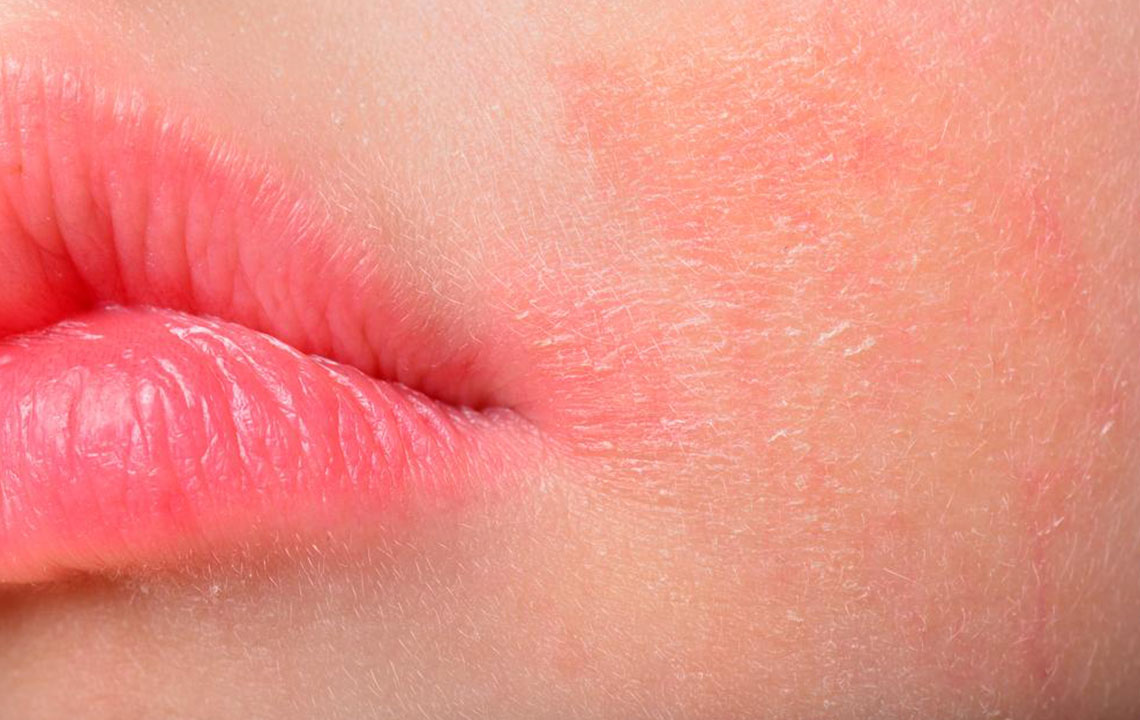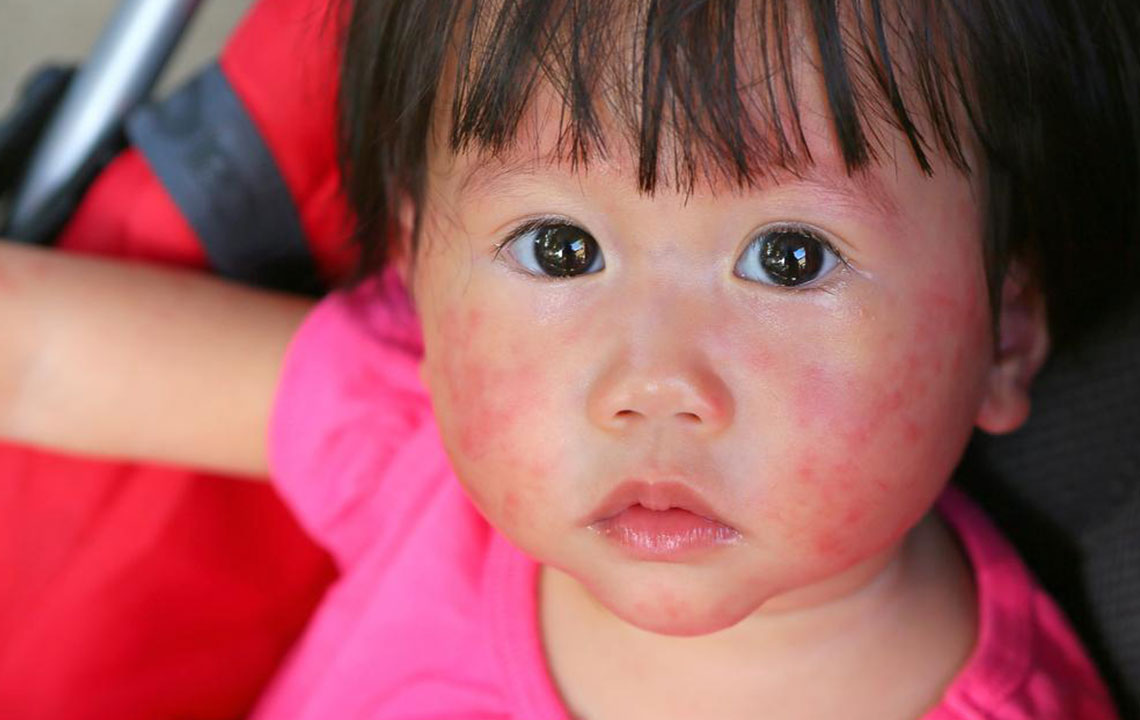8 Effective Strategies for Managing Childhood Atopic Dermatitis
This article outlines eight practical strategies for managing atopic dermatitis in children. It emphasizes skin hydration, gentle skincare routines, environmental controls, and medical treatments to reduce flare-ups and improve quality of life. Regular medical supervision is advised for ongoing management, aiming for effective symptom control and skin health enhancement in kids with eczema.
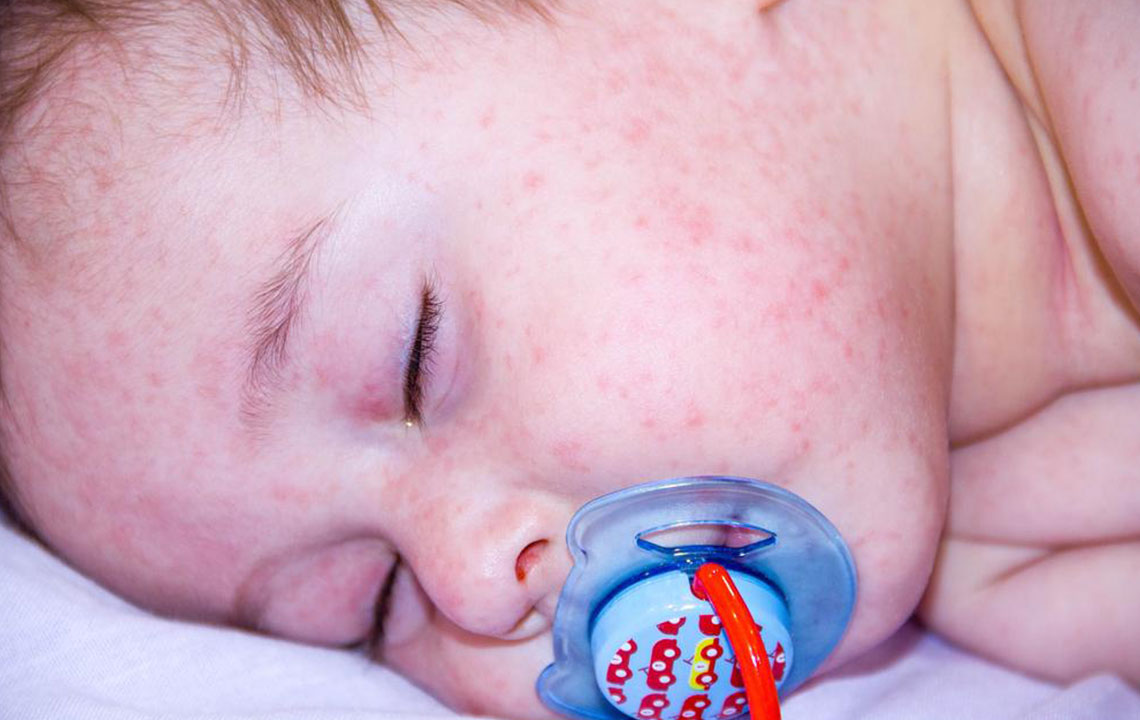
8Effective Strategies for Managing Childhood Atopic Dermatitis
Atopic dermatitis is the most prevalent form of eczema affecting children under two. This chronic condition results from genetic or immune system factors, causing symptoms like itchy red patches or small blisters. Flare-ups can occur periodically, followed by remission phases. Symptoms tend to improve with age and may disappear by puberty. Managing atopic dermatitis involves a comprehensive plan focusing on skin hydration, reducing inflammation, and enhancing overall comfort. Various measures can help control its symptoms effectively.
The goal is to maintain skin moisture, minimize irritation, and prevent flare-ups through consistent skincare routines. Treatment options include moisturizers, gentle baths, and medications as needed.
Keeping the child's skin well-hydrated is crucial. Using emollients creates a protective barrier that shields against irritants and prevents dryness. Applying emollients after baths helps maintain moisture and reduce flare-ups. Consistent use of moisturizers can significantly improve skin health.
Baths should be lukewarm, not hot, to avoid drying out the skin. Use gentle, fragrance-free cleansers with neutral pH. After bathing, pat the skin dry gently and promptly apply a moisturizer.
Antihistamines may be prescribed at bedtime to alleviate itching and redness.
Keep the environment free from dust mites and other known irritants. Dress your child in comfortable cotton clothing and avoid synthetic fabrics that can aggravate symptoms.
During flare-ups, topical corticosteroids can be applied sparingly to affected areas to reduce inflammation.
If secondary infections occur, doctors may recommend topical or oral antibiotics for a limited period.
Periodic bleach baths lasting 5-10 minutes can help prevent skin thickening and pigmentation issues.
Severe cases might benefit from psoralen and ultraviolet light therapy, under medical supervision.
Regular check-ups are essential to monitor treatment effectiveness. Consult your pediatrician if symptoms worsen or recur frequently to adjust the treatment plan accordingly.

